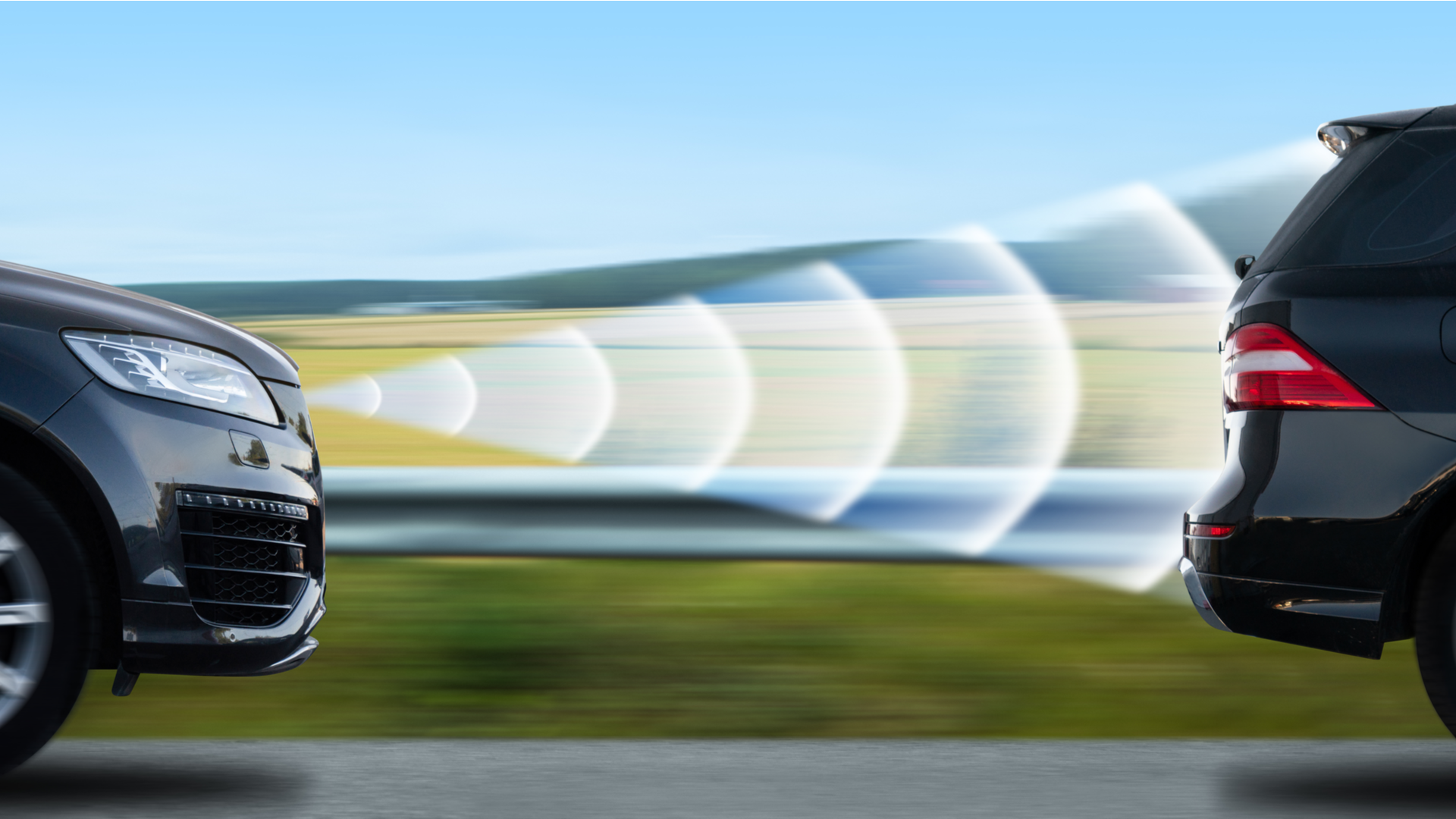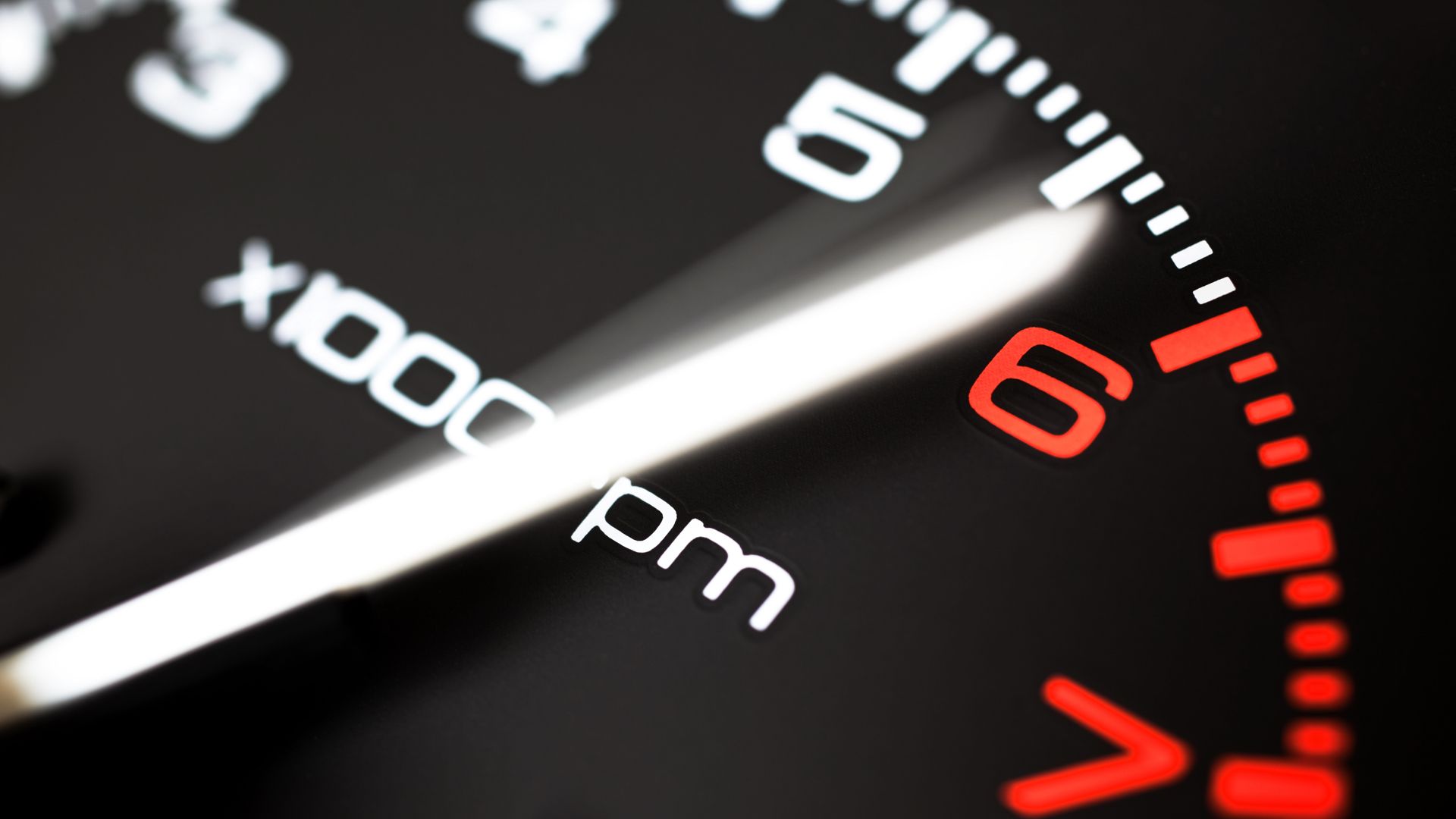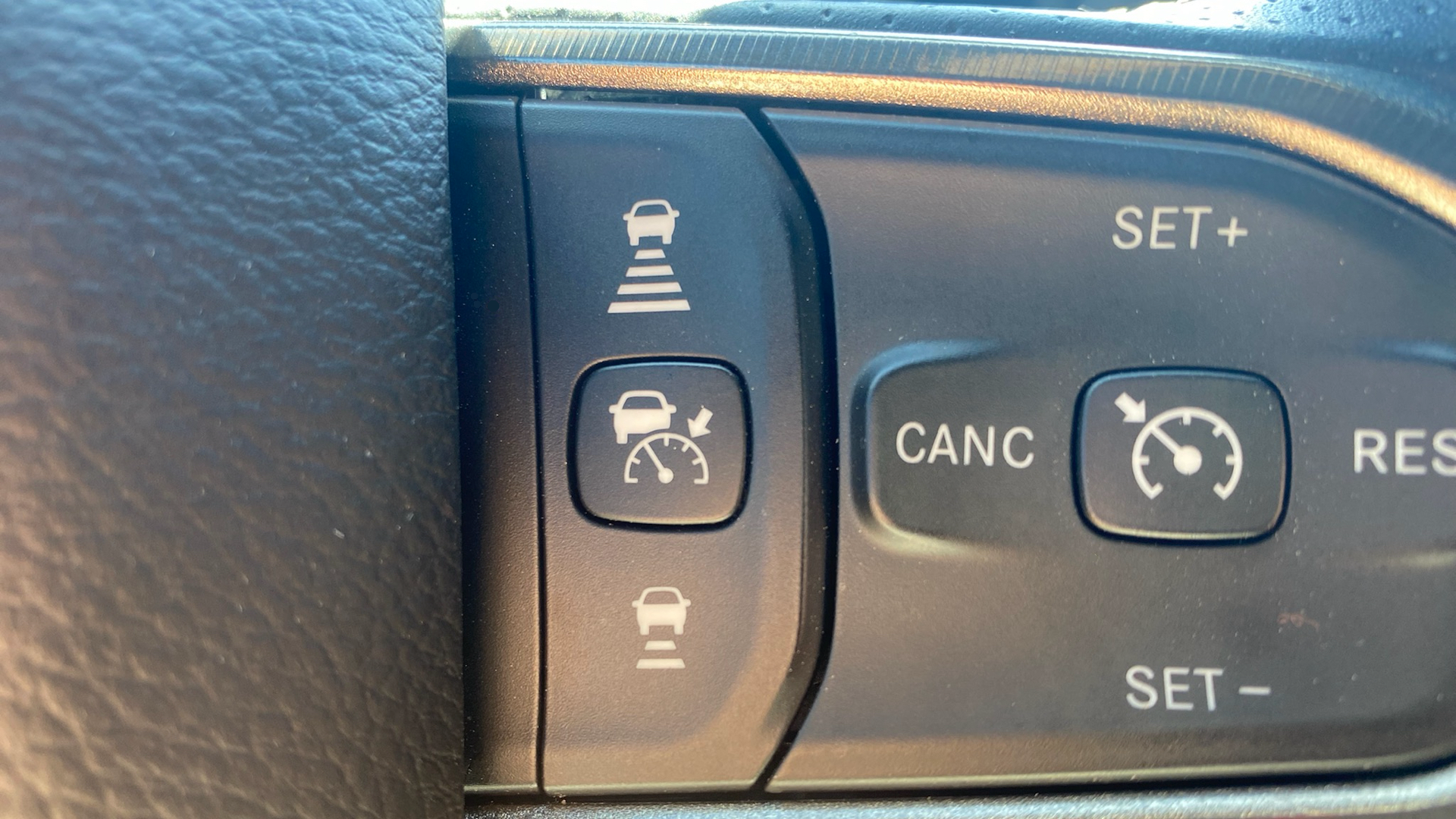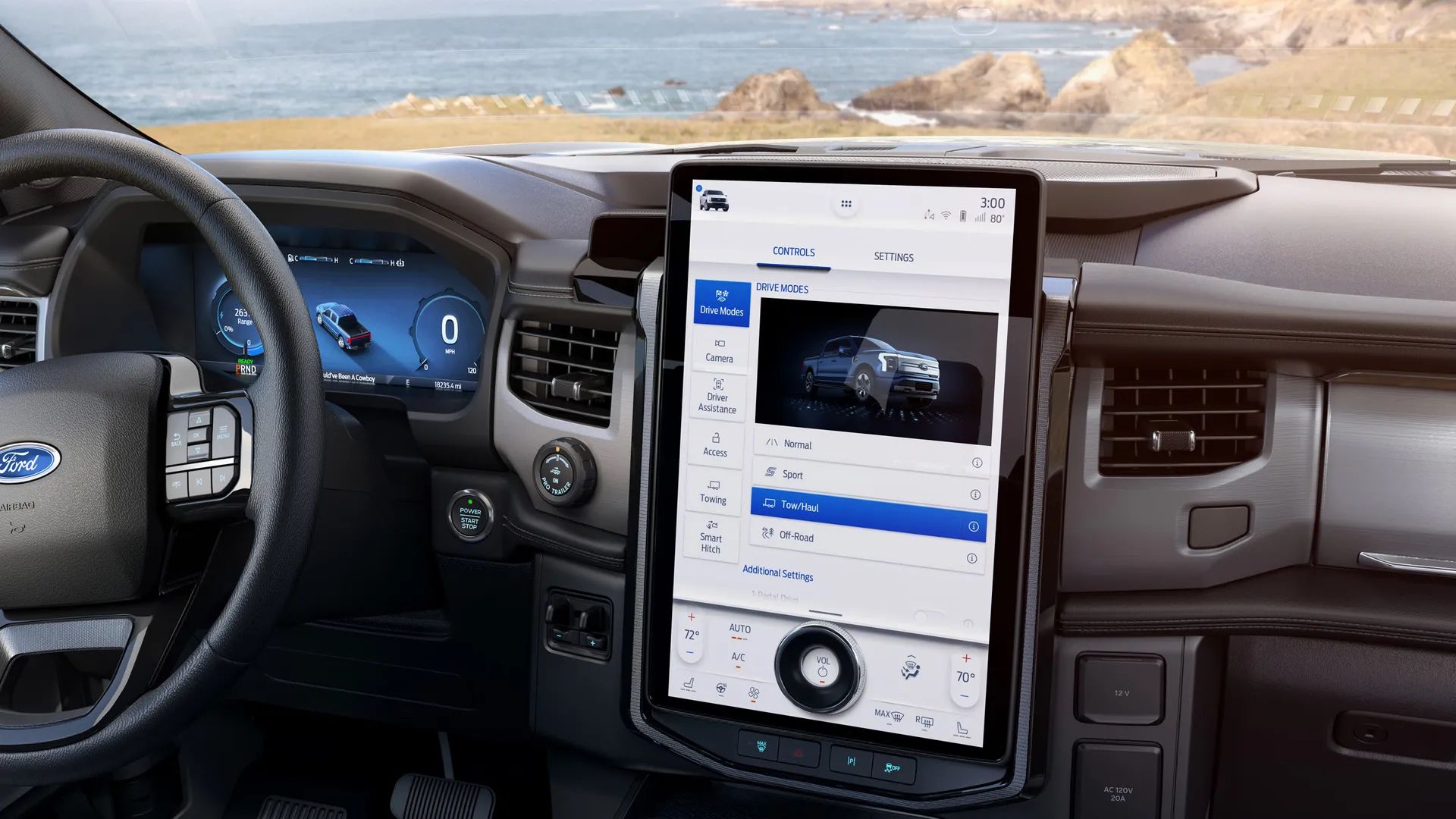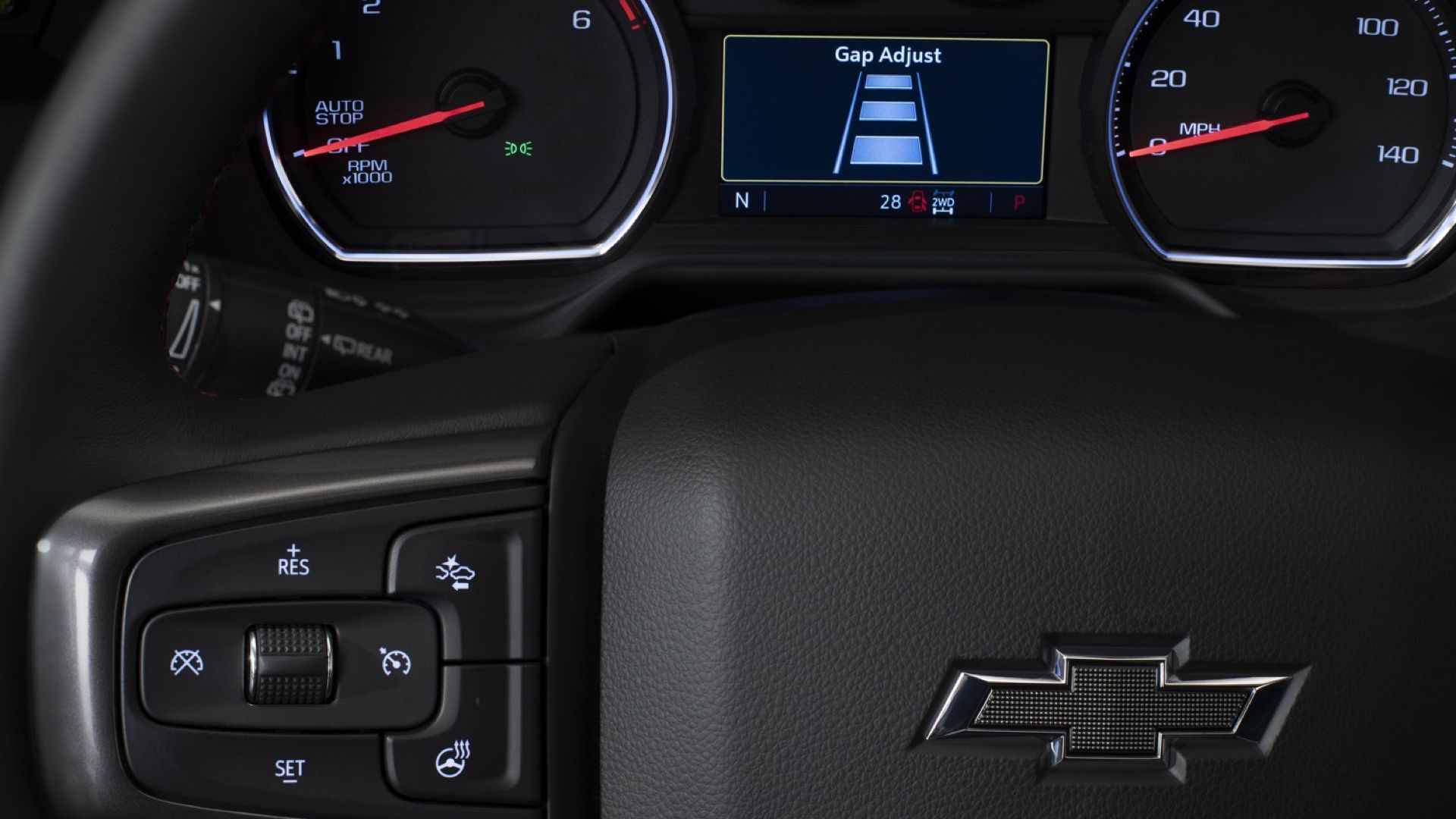Quick Links
There's nothing better than turning on cruise control and relaxing to some music during a road trip. And while cruise control is useful, the latest premium feature you'll want in your next vehicle is adaptive cruise control (ACC), and here's why.
Whether you buy a fancy electric vehicle or the latest RAM 1500 Rebel, cars these days come with all sorts of exciting technology. Many of the luxury features from several years ago are becoming mainstream and are available on more models. Below we'll tell you what you need to know about adaptive cruise control, how it works, and if it's worth the upgrade.
What is Adaptive Cruise Control?
Adaptive cruise control (ACC) is a popular feature on many vehicles, and it goes by several different names. Brands may advertise it as ACC, dynamic cruise control, intelligent cruise control, radar cruise, or even automatic cruise control.
Those names should tell you everything you need to know. Like regular cruise control, adaptive cruise control (ACC) helps a vehicle maintain a safe speed set by the driver. However, it's not just a setting that keeps your car at 78-mph going down the highway.
Instead, it's an entire system designed to help vehicles maintain a specific speed and a safe distance from others on the road. This system still adjusts the speed automatically, so drivers don't have to, but it also can apply the brakes and stay within a set distance from other vehicles.
How Adaptive Cruise Control Works
The type of ACC your vehicle has will determine some of its features or how it works. The system uses onboard computers and sensors, often including radar or lasers, and can automatically monitor other vehicles and objects on the road.
Once you lock your preferred speed into the system, the computers take over the throttle and brake controls. Many ACC systems will even let you adjust the distance to the car in front of you. Then, the vehicle will automatically slow down and match the vehicle ahead's speed, letting you "tailgate" safely, as shown in our image above. If that car moves over, your modern car will automatically accelerate again and reach your desired speed.
You don't have to hit the brakes, tap the cruise control stem to lower your speed, or do anything when a slower car is in front of you. The system handles everything.
Many modern vehicles offer ACC with stop-and-go or brake-hold features, too, where it can combine all the settings into one. For example, some Ford models can handle stop-and-go traffic, keep a set distance from the vehicle ahead, and follow a car to a stop. Then, reach its designated speed later when possible or after a light turns green. If you've never driven a car with ACC, It's a game-changer.
Some cars even take things further with adaptive cruise control and will let owners set a driving mode. For example, you could select ACC with economy mode and it'll slowly accelerate for better fuel economy. Or, some allow for "sport" mode, where the vehicle will accelerate back to the preferred speed as quickly as possible.
Additionally, more advanced ACC systems integrate into the maps and navigation system, cameras, and other autonomous driving features to slow down around sharp turns, reduce speeds automatically based on posted speed limits, etc.
You can even pair it with lane assist features for seriously comfortable driving. But remember, you'll always want to have your eyes on the road and your hands on the wheel.
What's the Difference Between Normal and Adaptive Cruise Control?
Modern cruise control was invented in 1948 by the American engineer Ralph Teetor. Fun fact, the first car to offer cruise control was the 1958 Chrysler Imperial, and the automaker marketed the feature as "auto-pilot."
Basic cruise control automatically presses the acceleration pedal or holds it at a certain spot, enabling drivers to take their foot off the pedal in specific situations. Over the years, auto manufacturers improved the feature set by leaps and bounds.
For example, my old 2011 Toyota Tacoma has cruise control, but it's nothing fancy. I can turn it on, set a speed, then manually click the control stem up/down to increase or decrease my speed if needed---but it barely works. Once I tap the brake, it's all over, and everything shuts off. However, there is a resume button I can easily tap to let the system instantly go back to my previously set speed. That's about the extent of its control.
And while that's moderately helpful, driving with ACC is a vastly better experience. Adaptive cruise control isn't anything new, either. Unfortunately, the feature was reserved for more expensive luxury vehicles back in 2011.
Is Adaptive Cruise Control Worth It?
These days adaptive cruise control is readily available in cars of all different price points. Whether that's an expensive new BMW, a big offroad RAM Rebel truck, a family Honda CR-V, or even more affordable cars from Hyundai and KIA.
Up until just a few years ago, unless you were buying a luxury car, ACC was typically reserved for higher trim levels that cost extra. And to a degree, that's still the case. Many vehicles come in a base package with countless features missing, like navigation, extra safety controls, and ACC. But those are easily added with a premium package or a higher trim of the specific vehicle.
So, is adaptive cruise control worth it? Absolutely. As we said earlier, it's a game-changer, especially on longer road trips. Old-school cruise control was barely worth the effort it took to turn on, but modern ACC is 100-percent worth the increased price.
Thankfully, with the rise in technology almost any new car is essentially a giant computer, and most new automobiles come with advanced or adaptive cruise control. For example, Toyota now considers adaptive cruise control "standard equipment" on all vehicles.
If you're looking to buy a new or lightly used car anytime soon, make sure your next ride has adaptive cruise control. You can thank me later.

